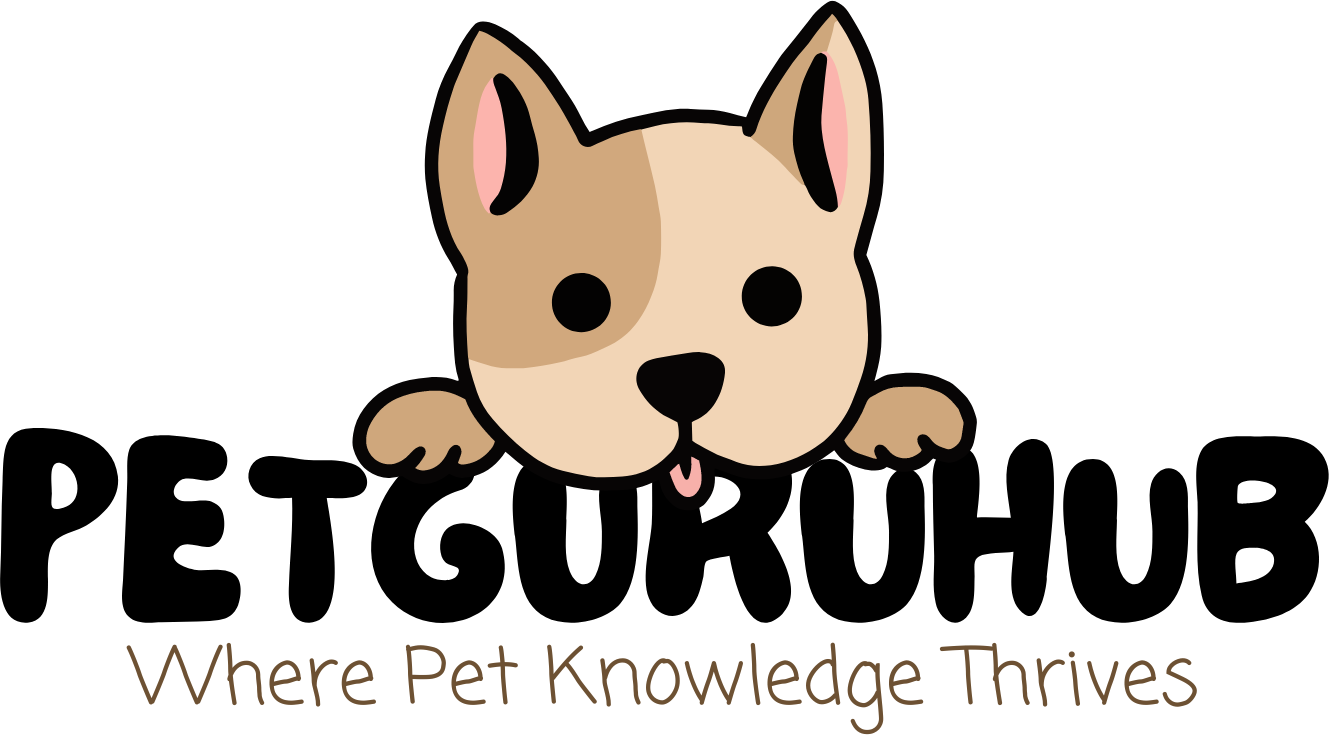Introduction
Providing your dog with proper nutrition is one of the most important things you can do as a pet parent. The right diet will help keep your canine companion healthy, happy, and full of energy. This article will provide a comprehensive guide to crafting the ideal healthy dog diet for your furry friend. We’ll cover everything from key nutrients to pay attention to, high-quality ingredients to look for, and feeding tips based on your dog’s age, size, and activity level. Read on for expert advice to help you give your dog the very best nutrition possible!
Key Nutrients for Dogs
There are six essential nutrient groups that all dogs need in their diet for good health:
Protein
Protein is arguably the most important macronutrient for dogs. It provides amino acids that are essential for building and maintaining muscle mass, supporting immune system function, and keeping your dog’s skin and coat healthy. Look for high-quality animal-based proteins like chicken, beef, fish, and eggs[1].
Fats
Fats provide fatty acids that help regulate metabolism and hormone production. They also support healthy skin and coat. Look for omega-3 and omega-6 fatty acids from fish, plant oils, and other natural fat sources[2].
Carbohydrates
Carbs provide energy for your dog. Look for whole grain or starchy vegetable sources like brown rice, barley, sweet potatoes, and peas[3].
Vitamins
Vitamins like A, B, C, D, E, and K support overall health. Fruits, vegetables, eggs, and supplements can provide vitamins[4].
Minerals
Important minerals like calcium, phosphorus, potassium, and sodium help regulate fluid levels, nerve function, and bone health. Meat, seafood, dairy, legumes, and leafy greens offer key minerals[5].
Water
Water makes up the majority of your dog’s body and is vital for organ function, temperature regulation, digestion, and more. Always provide fresh, clean water[6].
Reading Dog Food Labels
When comparing dog foods, start by looking at the guaranteed analysis on the label. This lists minimum percentages of key nutrients. An excellent dog food will have:
- Protein: At least 18% for adult dogs
- Fat: At least 5% for adult dogs
- Fiber: 2-4% is ideal for most dogs
- Moisture: Around 10%, but ideally less than 12%
Next, scan the ingredients list. Quality ingredients will be:
- Animal-based proteins: Listed first, with whole meat, meat meal, eggs, fish
- Whole grains: Brown rice, barley, oats
- Fruits and vegetables: Blueberries, sweet potatoes, carrots
- Healthy fats: Flaxseed, sunflower oil, fish oil
- Natural sources: Avoid artificial preservatives, colors, flavors
Ideally the first 5-10 ingredients will be from these healthy sources. Avoid fillers like corn, wheat, soy, and by-products.
Types of Dog Food
There are many options when it comes to choosing the right type of food for your dog’s needs:
Kibble
- Most convenient and budget-friendly option
- Provides complete balanced nutrition
- Comes in many formulations for puppy, adult, senior, breed-specific, etc.
- Store properly to maintain freshness
Canned Food
- Typically has higher moisture content
- Provides variety mixed with kibble
- Store unused portion in fridge; discard after 2-3 days
- More expensive than kibble
Raw Food
- Composed of raw meat, bones, fruits, vegetables
- Provides nutrients without processing
- Must be handled properly for safety
- Time-consuming to prepare
- Expensive compared to kibble
Dehydrated & Freeze-Dried
- Retains more nutrients than kibble
- Convenient to store and serve
- Rehydrates with water before feeding
- More expensive than kibble
Homemade Food
- Customizable with your dog’s preferred ingredients
- Allows you to control quality
- Time-consuming to prepare properly
- Risk of nutritional imbalance without vet guidance
Discuss your dog’s needs with your vet to choose the right food type and formulation.
Feeding Guidelines by Life Stage
The amount you feed your dog depends on factors like age, size, activity level, and health status. Here are some general guidelines:
Puppy (8 weeks – 1 year)
- Require 2-4 meals per day
- Feed puppy formula specifically for growth
- Follow portion guidelines on food packaging
- Adjust amounts as puppy grows
Adult (1-7 years)
- Feed adult dog formula
- Typical adult dog eats 2 meals per day
- Feed 1/2 to 2 cups per 10 lbs body weight daily
- Adjust for activity level
Senior (7+ years)
- Feed senior dog formula
- May continue 2 meals or switch to 1 meal
- Feed slightly less than adult amount
- Monitor weight closely
Small Breeds
- Require smaller kibble size and bite
- Prone to dental issues – choose kibble to support dental health
- Feed smaller portions more frequently
Large/Giant Breeds
- Prone to joint issues – choose food with glucosamine/chondroitin
- At risk for bloat – use raised feeders and divide meals
- Portion control important to avoid obesity
Feeding Recommendations for Every Stage and Size
| Dog Life Stage | Key Nutrients | Feeding Tips |
|---|---|---|
| Puppy | High protein for growth, DHA for brain development | 2-4 small meals per day, follow label portions |
| Adult | Balanced protein, fat, carbs, vitamins & minerals | 1-2 meals per day, 1/2 – 2 cups per 10 lbs body weight |
| Senior | Increased omega-3s, reduced calories | Consistent schedule, slightly less than adult amount |
| Small Breed | Small kibble size, dental health support | Smaller portions, more frequent meals |
| Large/Giant Breed | Glucosamine, chondroitin for joints | Slow growth formulas, raised bowls |
| Overweight | Fiber for digestion, L-carnitine for metabolism | Portion control, reduce treats, increase exercise |
| Allergies | Novel or hydrolyzed proteins | Prescription food may be needed |
| Kidney Disease | Lower protein, phosphorus | Increase hydration |
| Diabetes | High fiber, complex carbs | Consistent feeding times |
Consult your vet if you are unsure how much to feed your dog. Provide plenty of fresh water at all times.
Supplements and Treats
Supplements and treats can provide extra nutrition benefits when used properly:
- Probiotics: Support healthy digestion and immunity
- Fish oil: Provides omega-3s for skin/coat health
- Glucosamine: Supports joint health
- Dental chews: Reduce plaque and tartar buildup
- Training treats: Motivate and reward good behavior
- Fruits/veggies: Provide vitamins, minerals, fiber
Treats should make up no more than 10% of your dog’s daily caloric intake. Introduce new foods slowly to check for allergies. Ask your vet before giving any supplements.
Special Dietary Needs
Dogs with certain health conditions may need specialized diets. Some examples include:
Weight Management
- Feed food with fewer calories yet all essential nutrients
- Focus on portion control for weight loss or maintenance
Food Allergies
- Novel protein diets use protein sources like kangaroo, duck, or venison to avoid allergens
- Some dogs do well on hydrolyzed protein diets
- Prescription food may be needed
Kidney Disease
- Lower protein, phosphorus restricted diets support kidney function
- Increased omega-3s help manage inflammation
- Add extra hydration between meals
Diabetes
- Low fat, high fiber, complex carb formulas help regulate blood sugar
- Feed same amount at same times each day
- Avoid high glycemic treats
Consult your vet to develop the right diet for your dog’s unique needs. Never make drastic diet changes without guidance.
Conclusion
Following the tips in this guide will help you provide excellent nutrition tailored to your dog’s life stage, size, and activity level. Focus on quality proteins, healthy fats, digestible carbs, and essential vitamins and minerals. Read labels to pick top-notch ingredients and feed the right amounts. Add supplements wisely and adjust as needed for any special health conditions. With the right diet, your dog will be on the path to many happy and healthy years by your side!
Frequently Asked Questions
What are the most important nutrients I should look for in my dog’s food?
The most important nutrients to look for are:
- Protein: Quality animal-based proteins like chicken, beef, fish. Provides amino acids.
- Fats: Omega-3 and omega-6 fatty acids from fish, plant oils, etc. Supports skin/coat.
- Carbs: Whole grains like brown rice, barley. Provide energy.
- Vitamins & Minerals: Support overall health. Find in fruits, veggies, supplements.
How much should I feed my adult dog per day?
Feed 1/2 to 2 cups per 10 lbs of body weight daily. Adjust for activity level. For example, a 50 lb dog would eat 2.5 to 8 cups per day.
What are some tips for feeding senior dogs?
- Feed a senior dog formula
- Stick to a consistent feeding schedule
- Feed slightly less than adult amount
- Use raised bowls to reduce strain
- Soften kibble if needed for dental issues
What should I look for in a dog food specifically for large breeds?
Look for formulas with:
- Glucosamine/chondroitin for joint health
- Larger kibble size/bite
- Added protein for muscle mass
- Omega-3s to reduce inflammation
- Fiber to support digestion
How can I get my overweight dog to lose weight?
- Consult your vet for ideal weight goal
- Feed food with fewer calories per cup
- Reduce portion sizes for gradual weight loss
- Increase exercise along with diet change
- Avoid unhealthy treats and table scraps


